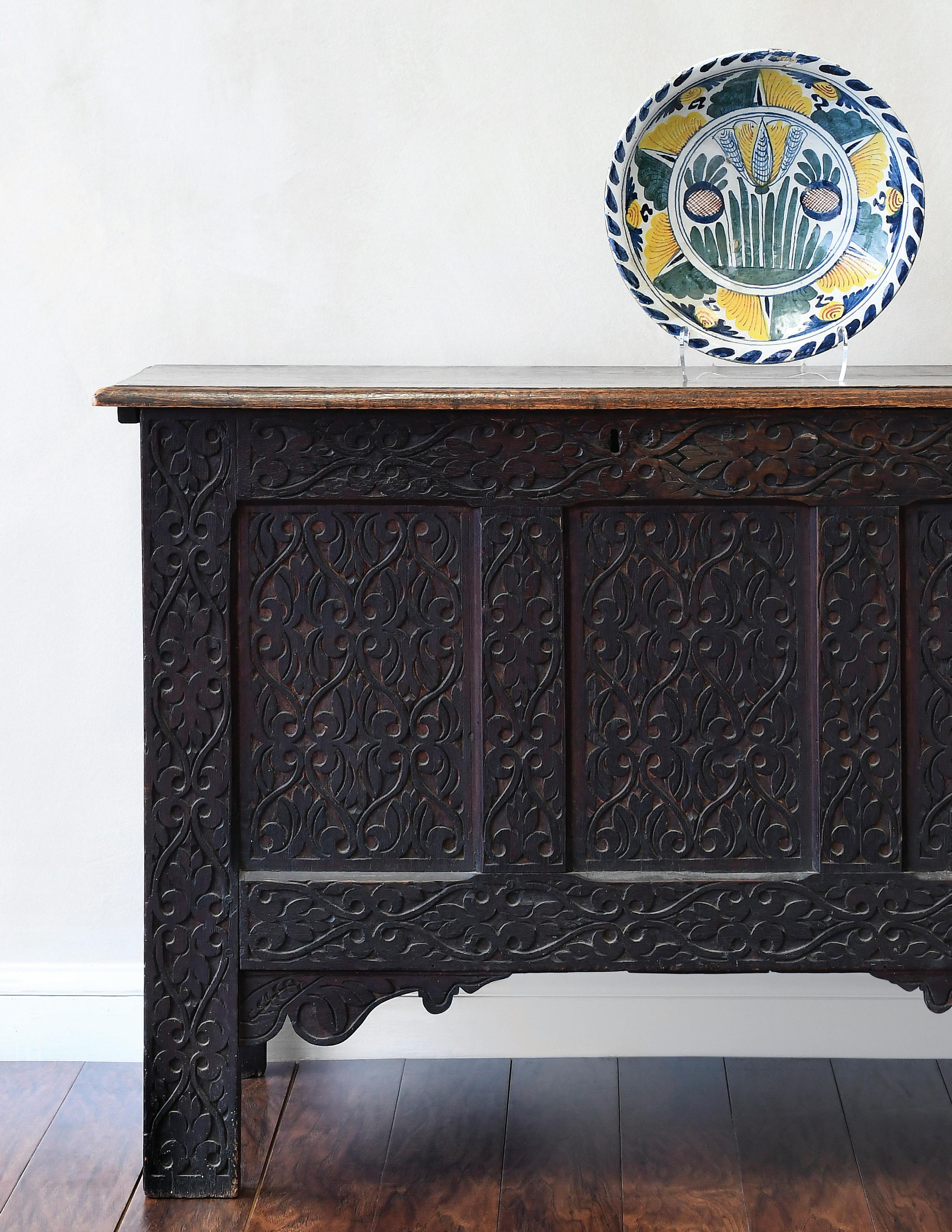
Taking the High Road Collection of John B. and Marie-Teresa Vander Sande | Session II
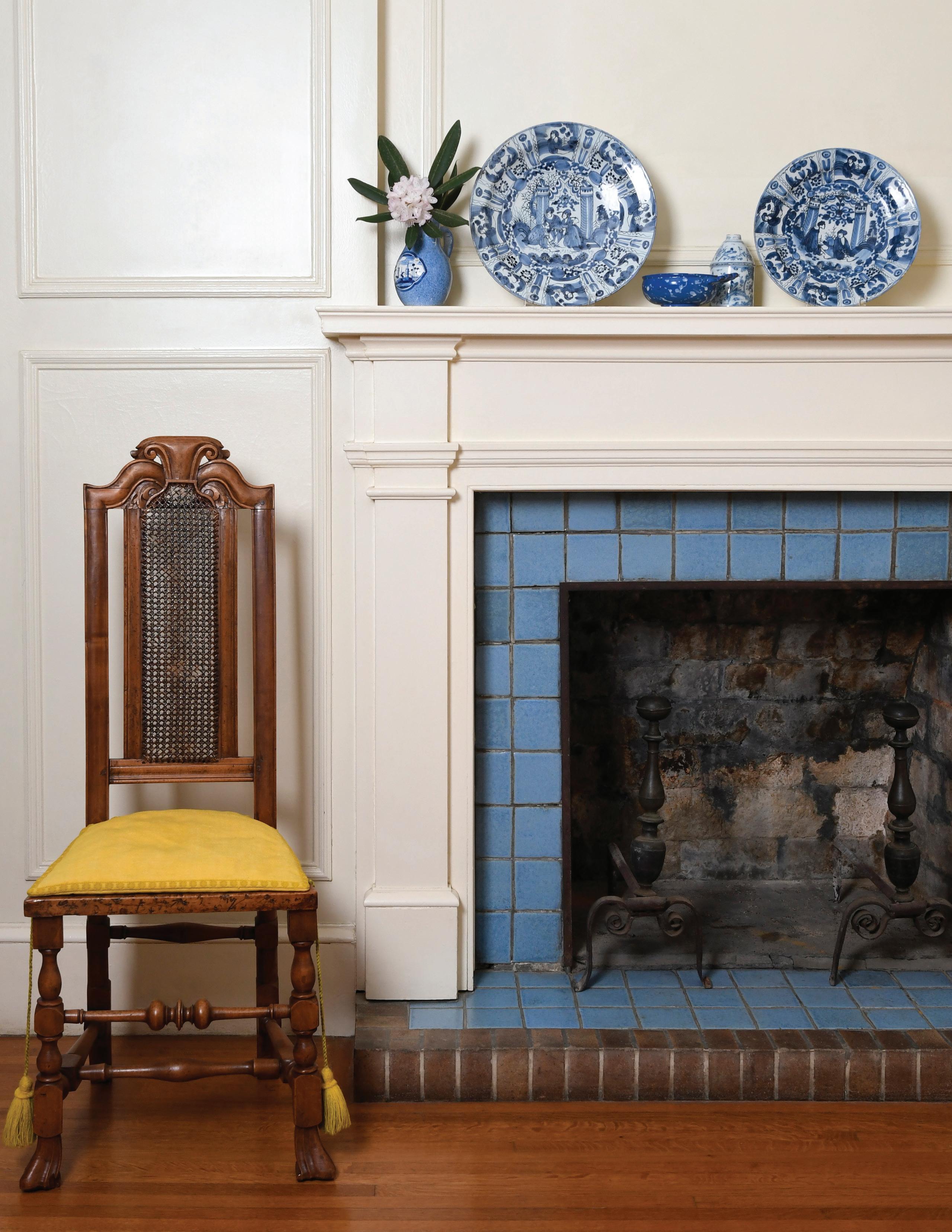
TheCollection of John and Marie-Teresa Vander Sande was cultivated over a lifetime of shared interest and enthusiasm. It began when John was a Fulbright Scholar, completing his postdoctoral studies at Oxford. There, on weekends, he would go out to some of the famous local cathedrals to take rubbings of the monumental brasses usually set into the floor of such places. This practice helped seed within him a passion for antiques and old things, something he would take back to the states, a souvenir of his time abroad. Once stateside Marie-Teresa’s sister gave the couple a book by Wallace Nutting, in which John spotted a picture of a Connecticut side chair the couple owned. This shaped John’s appreciation for the antique into a passion for early New England furniture, a passion that his wife would soon embrace as well. Together, they cultivated “collections of collections” of antiquities– from glass to ceramics to furniture– from 17th and 18th century New England, their reputations in the antique world growing all the while.
For a collection as singular as that of John and Marie-Teresa Vander Sande, a single auction would not suffice. Now we find ourselves at the second, one every bit as grand and rich in beautiful examples of 17th and 18th century furniture, ceramics, glass, and more as the one previous. The love the Vander Sandes had, and still have, for this era of history is readily evident from looking at this collection. The human element, that factor most important to them in any given piece, is well-represented in each object in the sale. That being said, everything previously mentioned about the Vander Sande’s collection still rings true here and now, and as such the reader will not be belabored with repetition. Instead, the focus will be on the new, and there is a considerable amount of it worthy of mention. The highlights of this sale include a Boston Cromwellian high back chair of extreme rarity, a rare Massachusetts carved joined chest, three Benjamin Blythe-attributed portraits, four carved Nottingham double-walled mugs, and a Charles II needlework writing box. But these are only a few of the many wonderful works to be included in this auction. We invite you to peruse the full sale at your leisure, and join us in another journey down the High Road.
November 13, 2025
Asheville, North Carolina
auction starts at 10:00 am preview by appointment see our website for full catalog brunkauctions.com


$2,000-$3,000 •
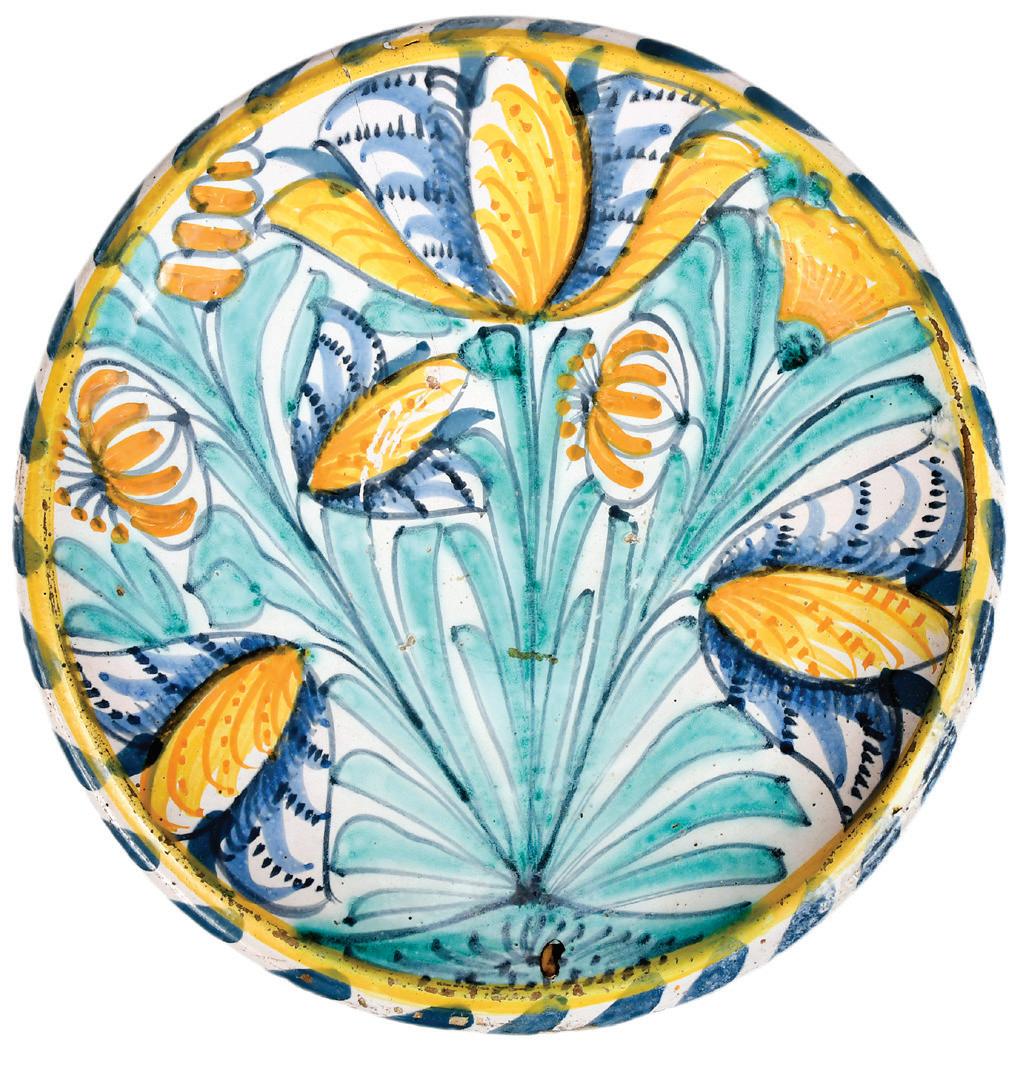
$2,000-$3,000
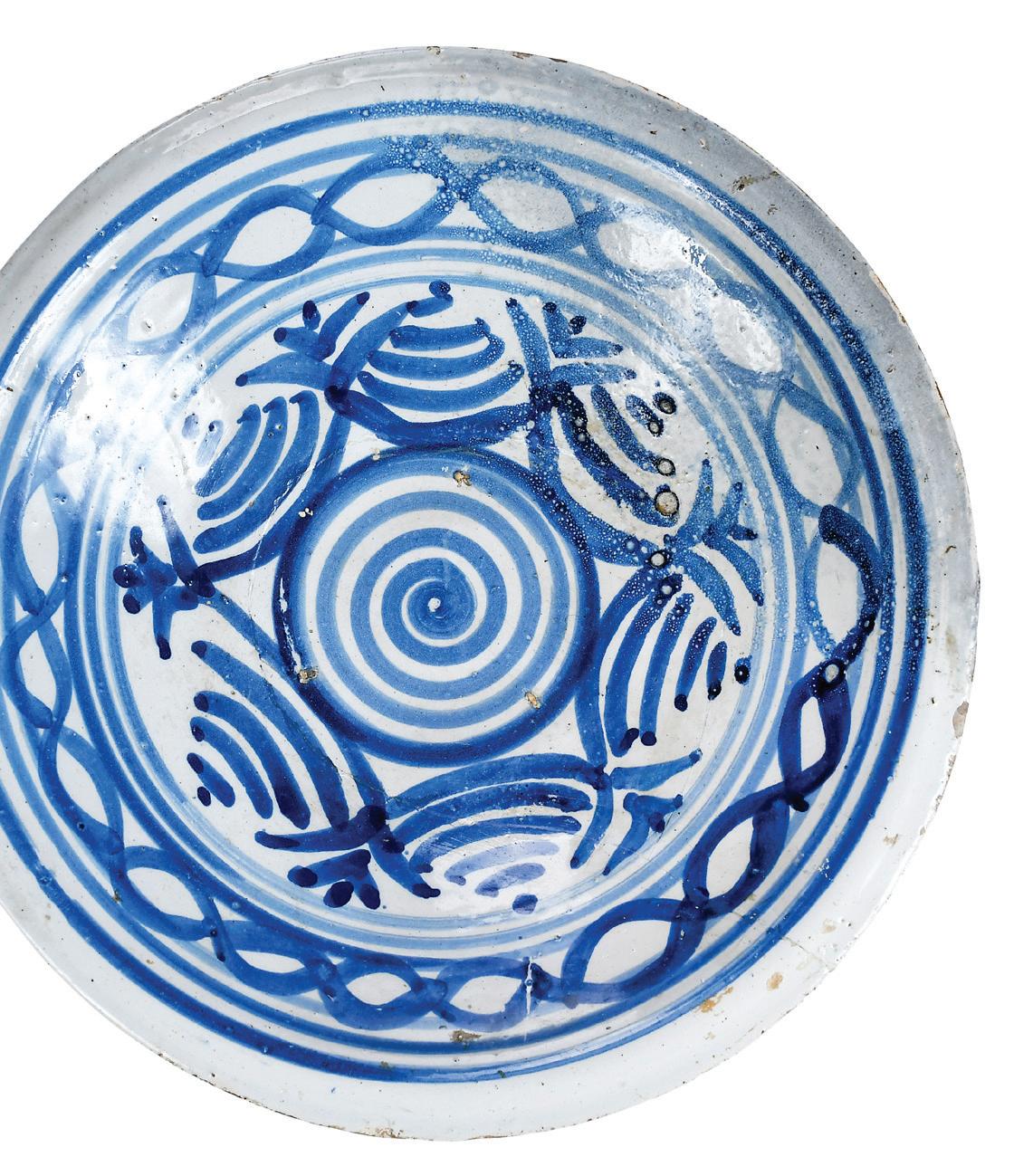
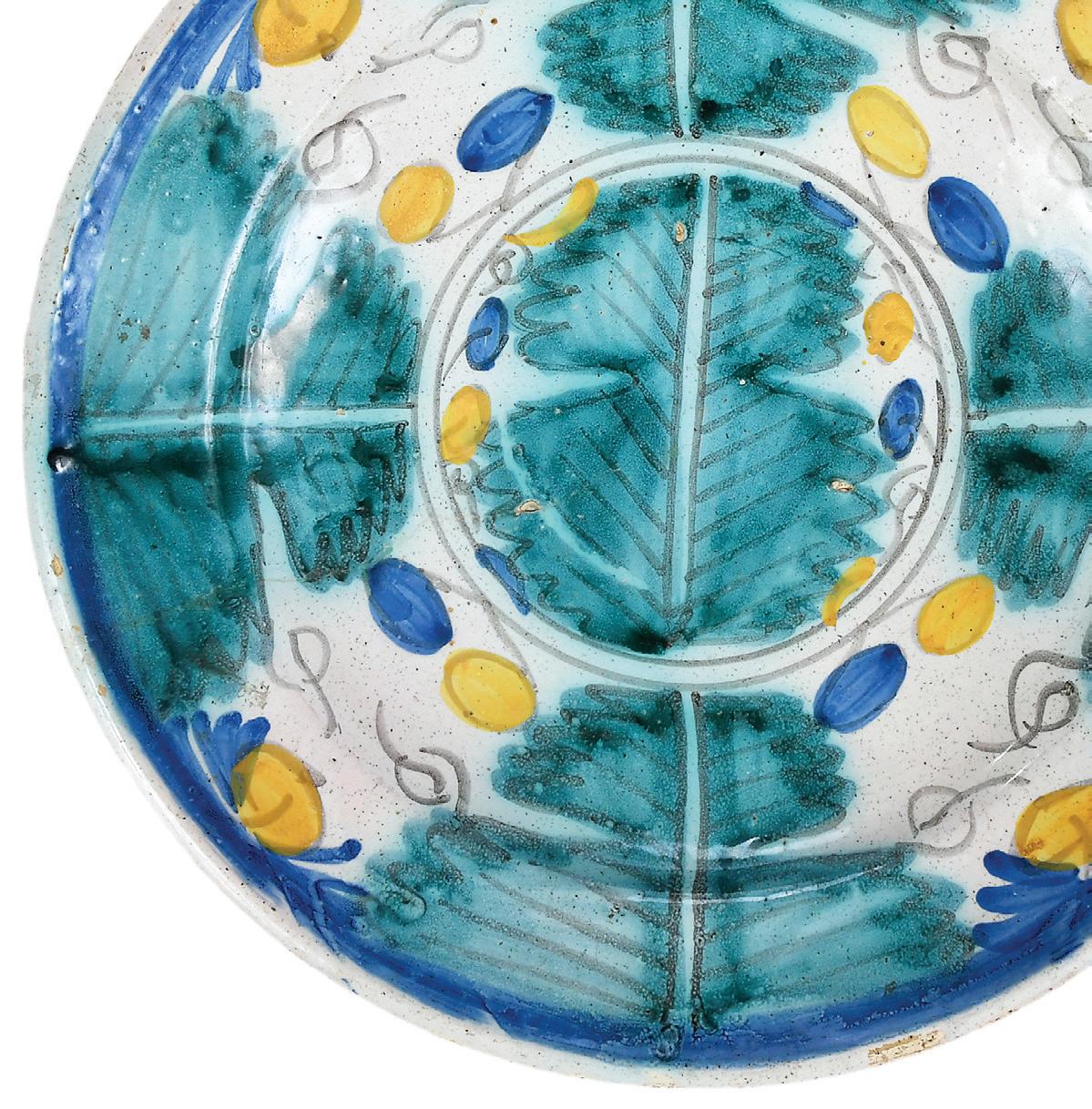
$2,000-$3,000


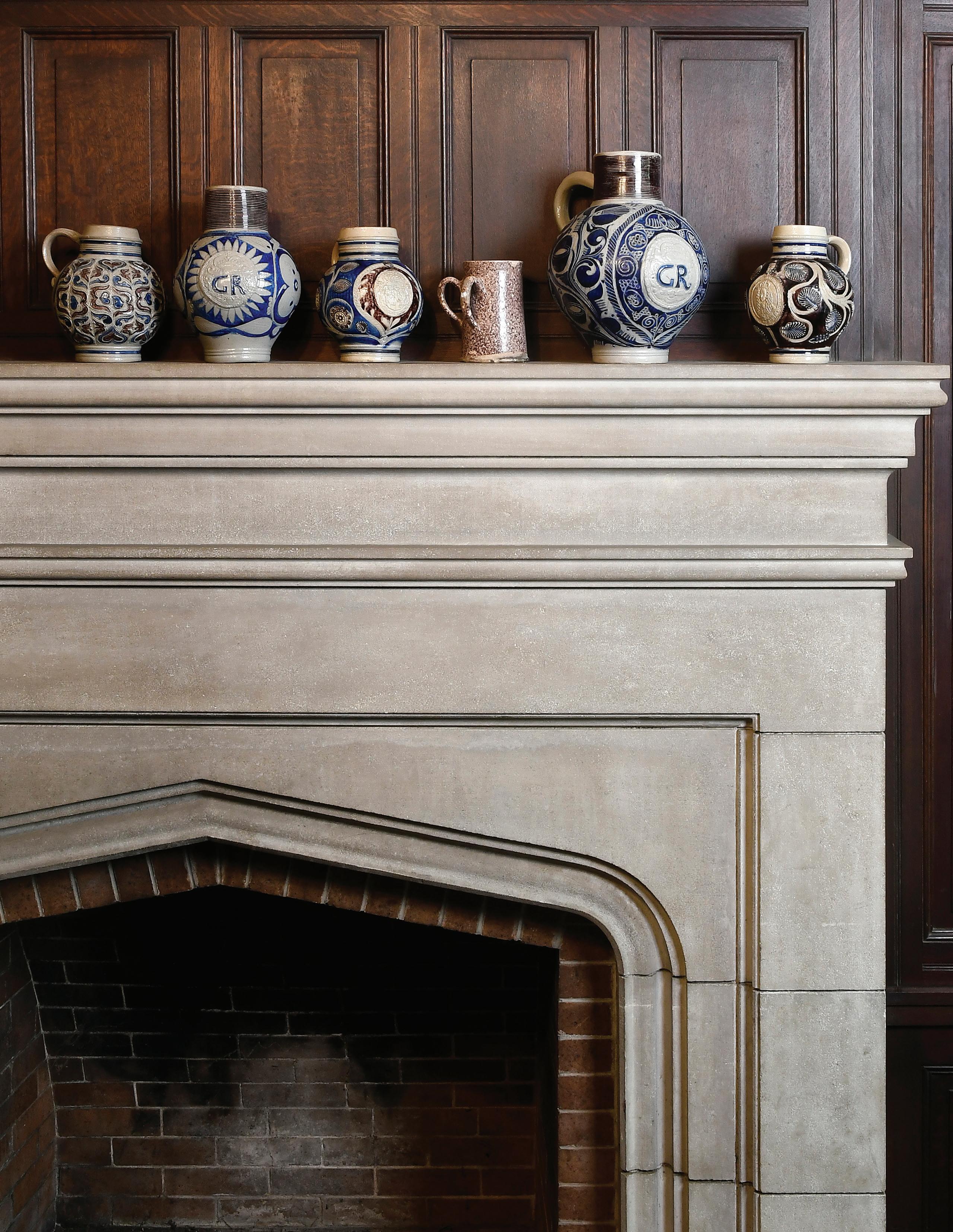
Collection
Widely distributed throughout the European world from the land of its creation (also called Westerwald) on the banks of the Rhine, Westerwald stoneware is an archetypal artform of the 17th and 18th centuries, during which it truly flourished. The majority of our offerings are fine examples of ever-pervasive globular face or armorial decorated jugs, the King William III face jug in this sale being of particular note. Also of interest is the extremely rare English Delft two-handled tyg if the mid 17th century, made in imitation of German stoneware from the Rhineland.


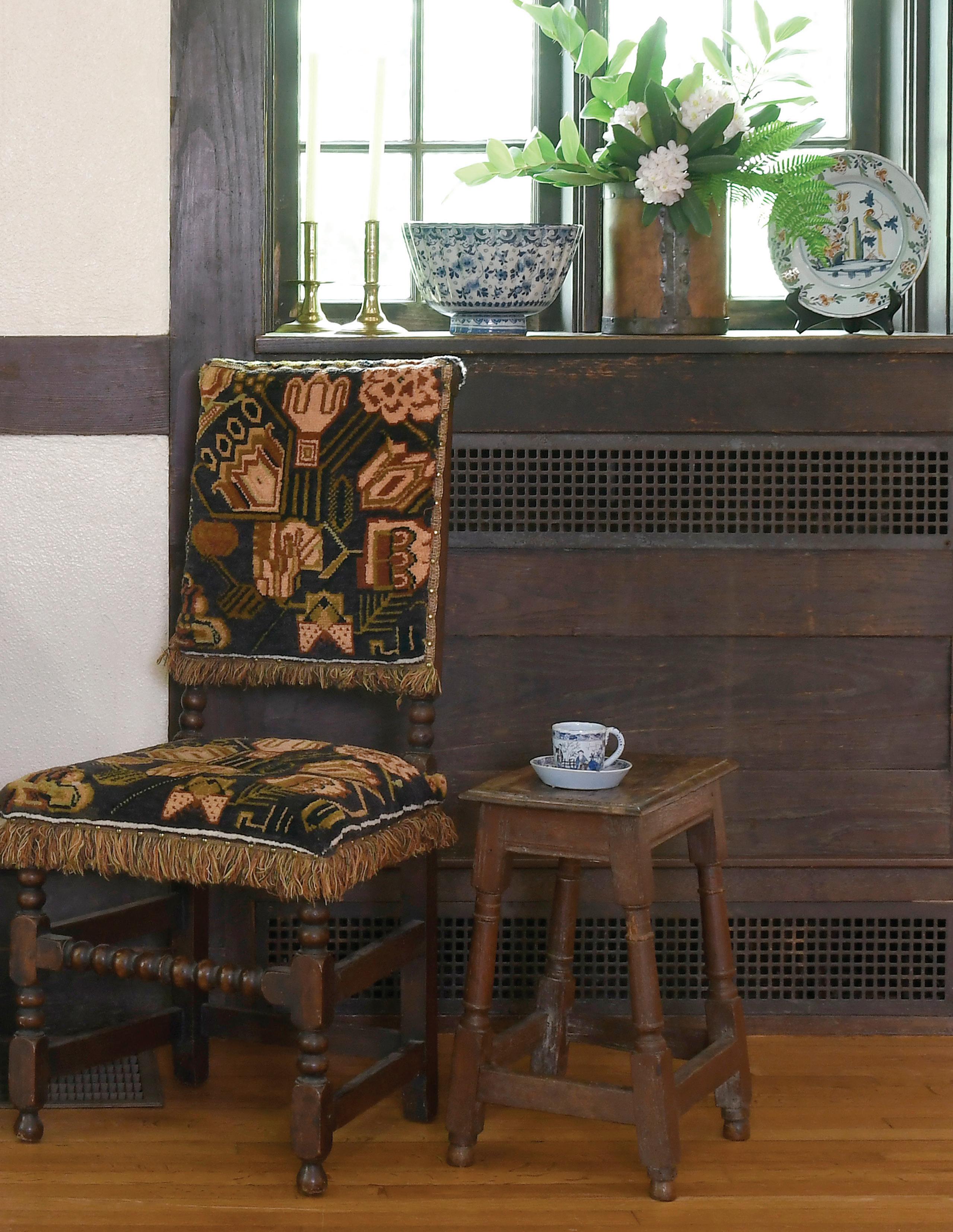
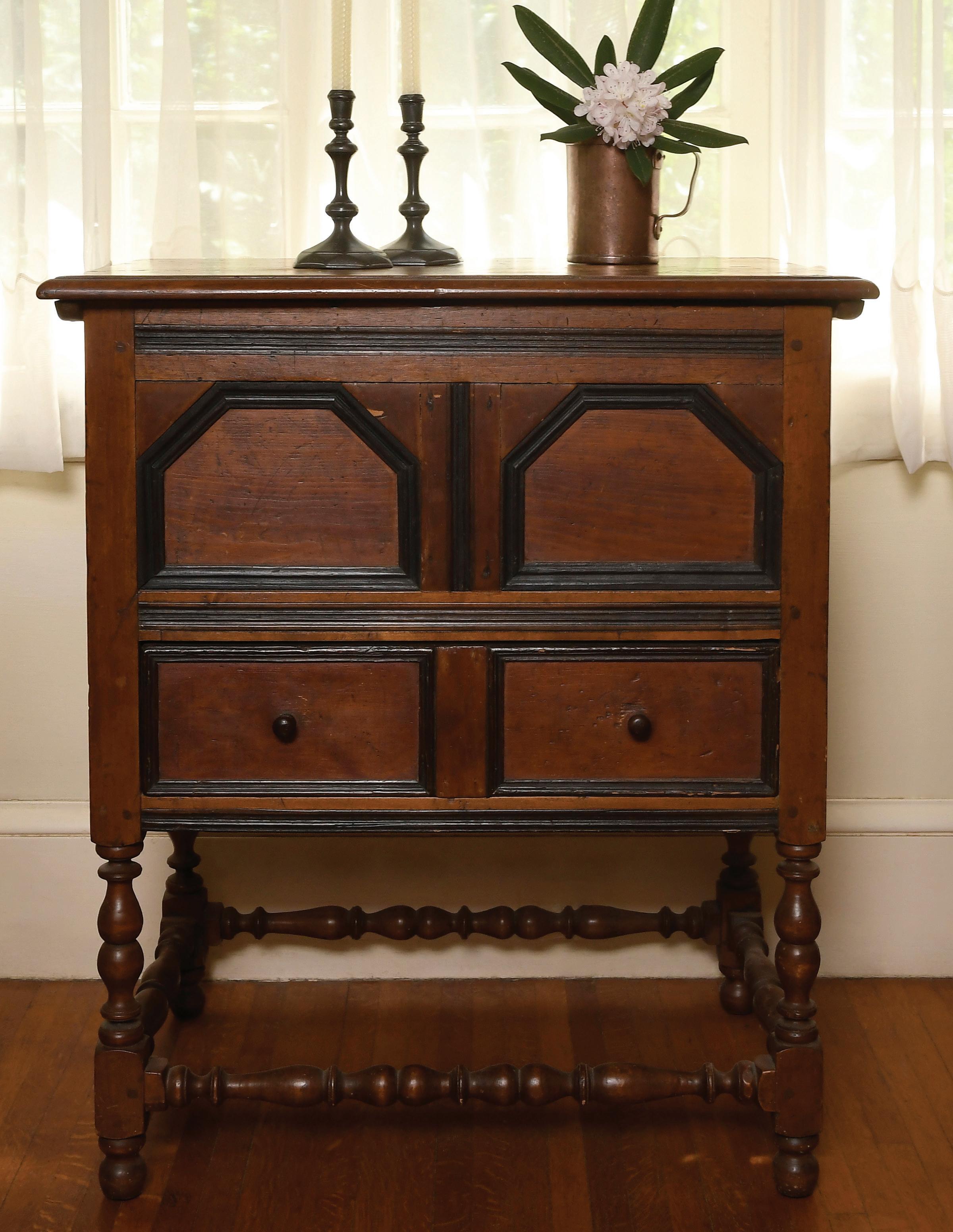

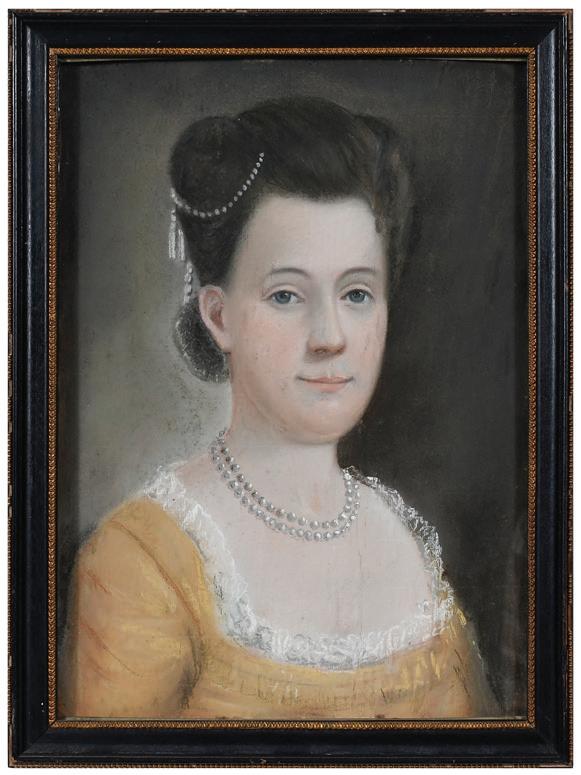
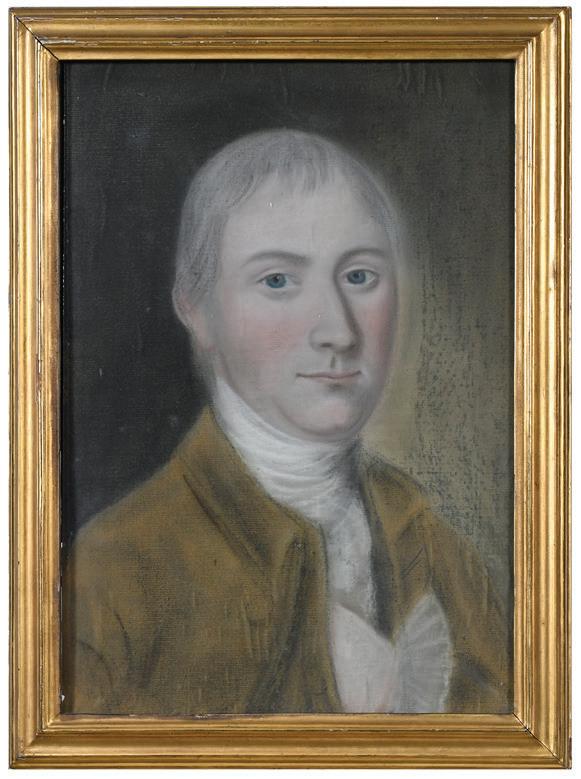
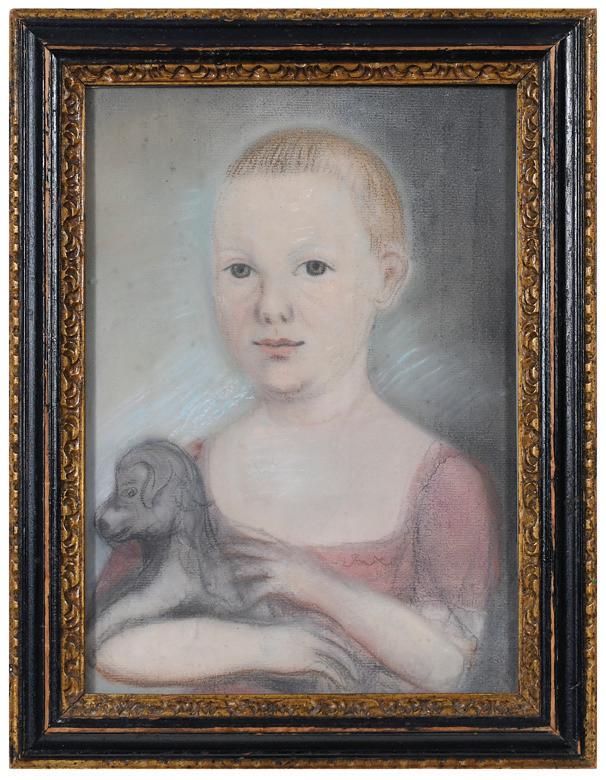

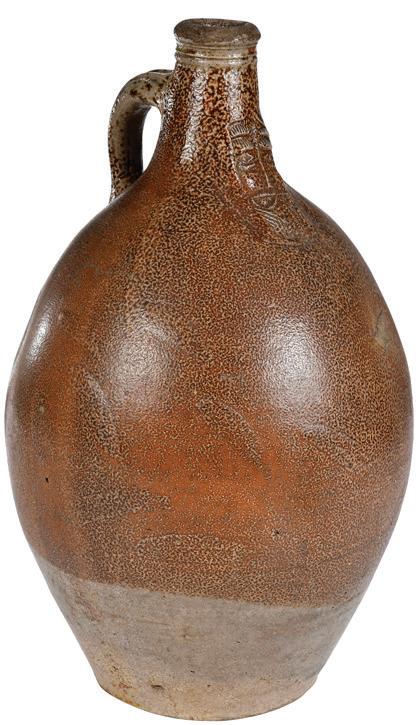



Pair of English Delft Polychrome Tulip Chargers, probably Bristol, circa 1700
$4,000-$6,000 •
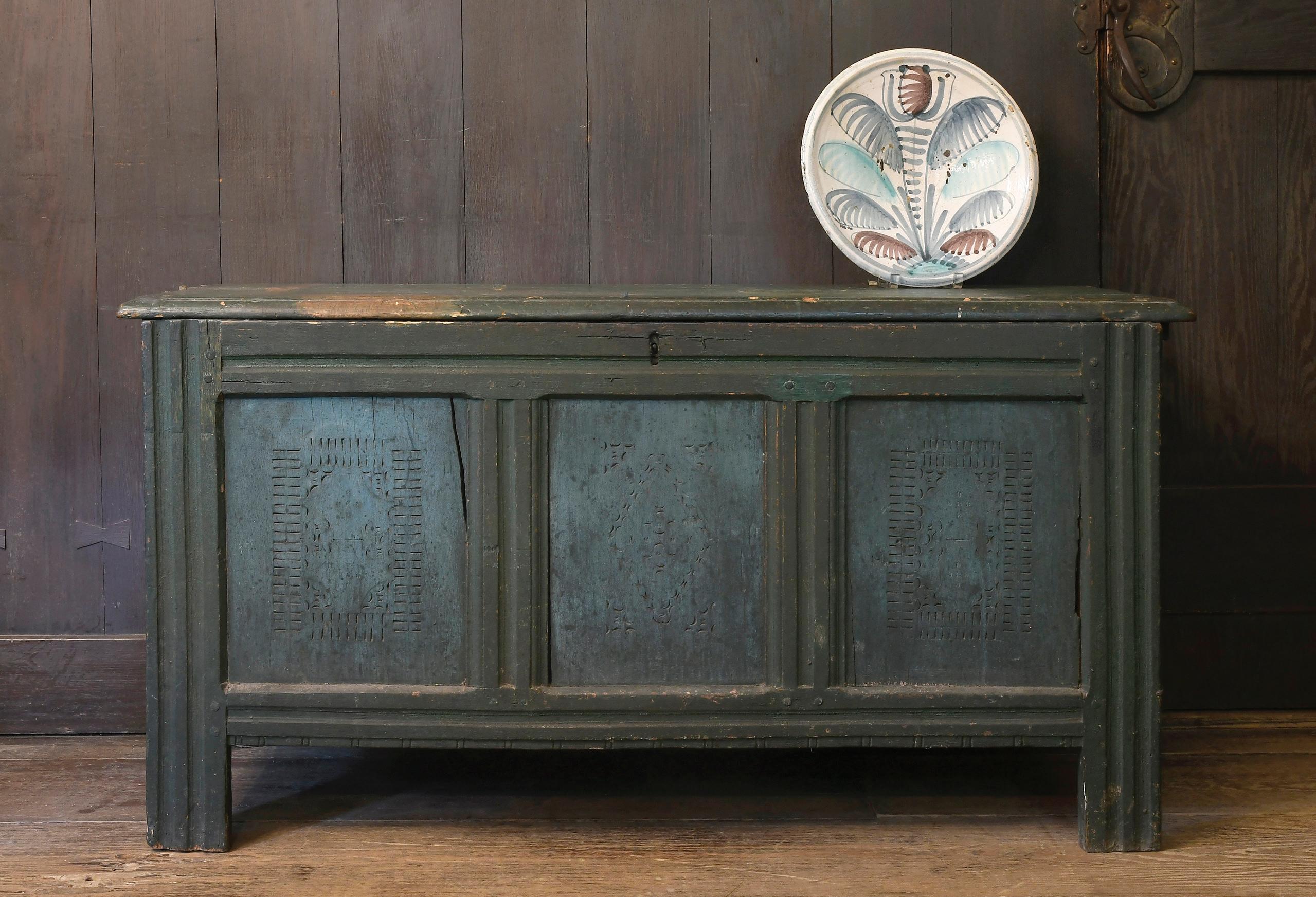
Rare Massachusetts Pilgrim Century Chip Carved and Green Painted Chest, probably Marshfield, circa 1690
$7,000-$10,000 •

Nottingham Carved Double Walled Stoneware Mugs, English, early 18th century
$5,000-$7,000
$5,000-$7,000

$5,000-$7,000
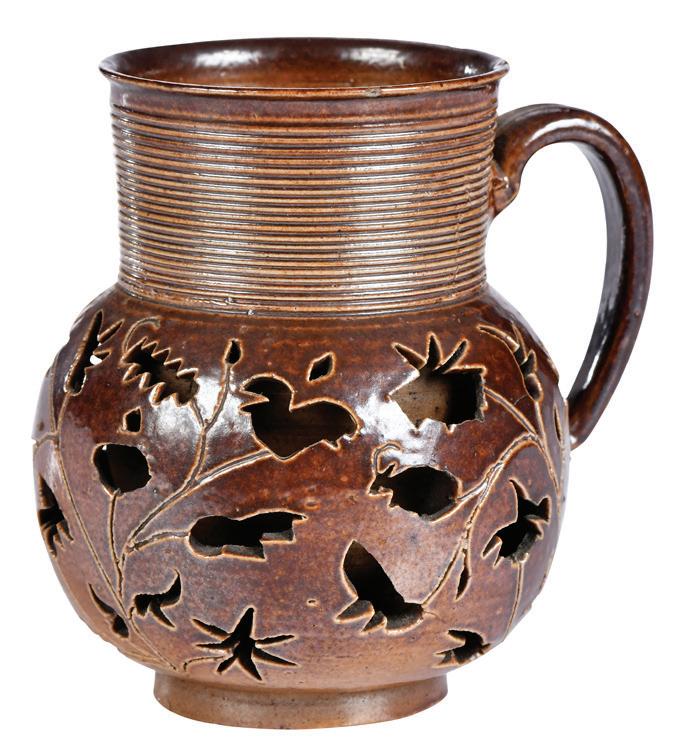
$4,000-$6,000

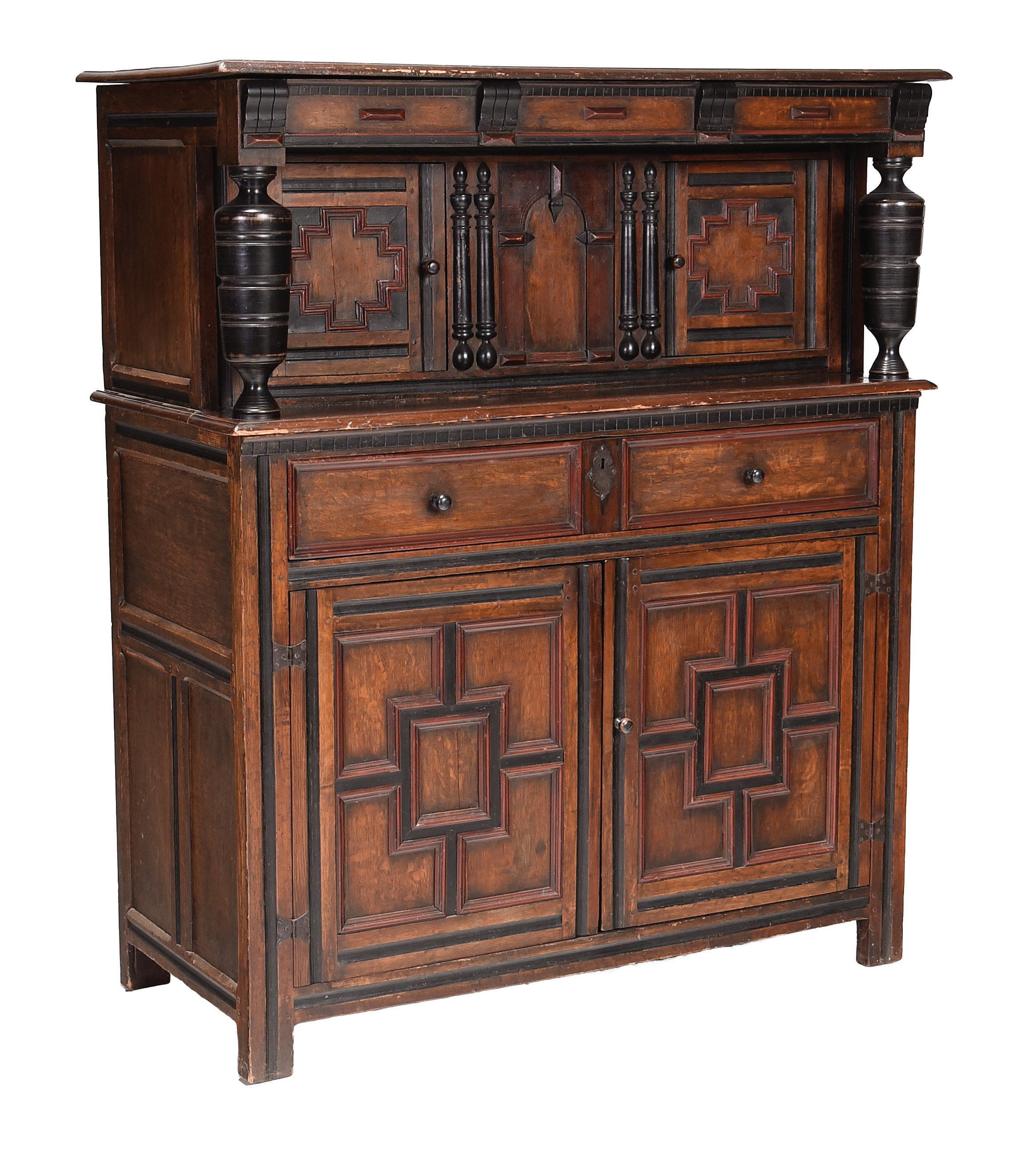
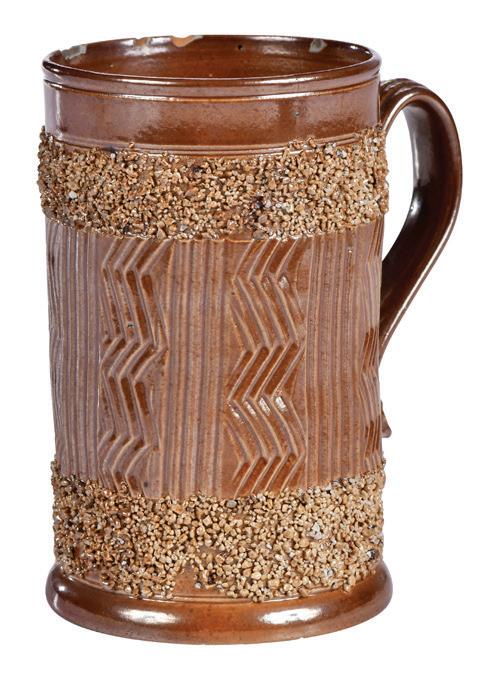







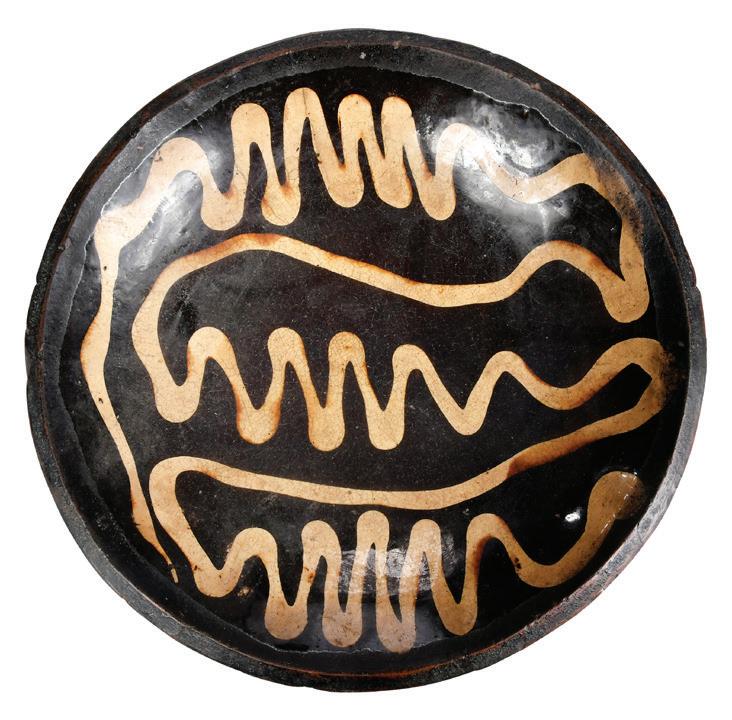



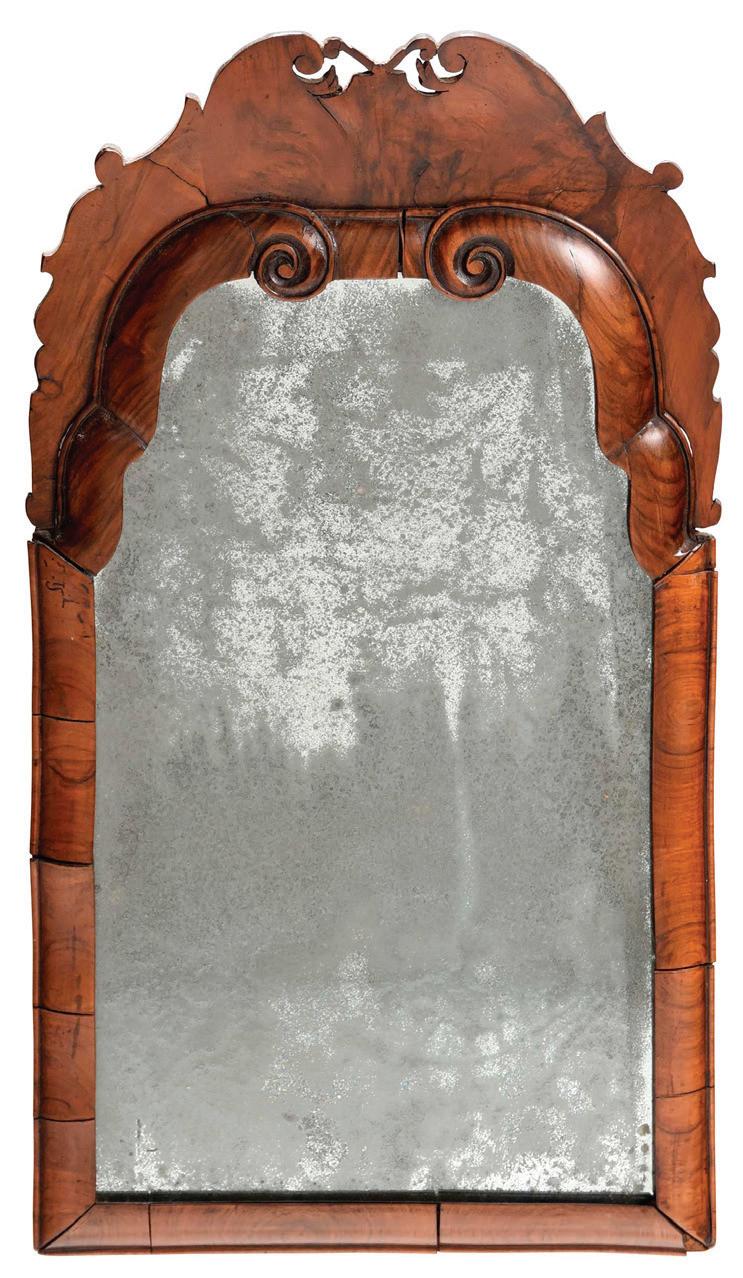

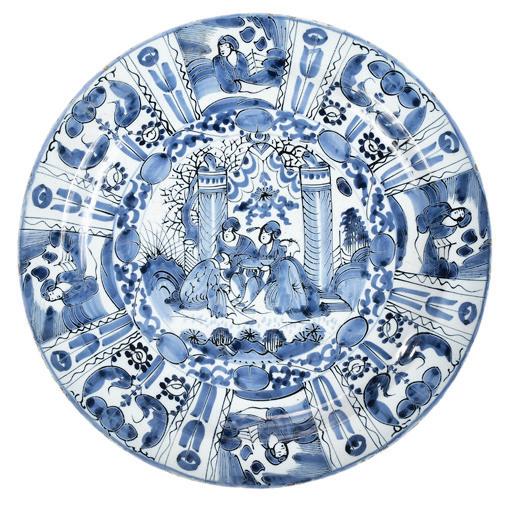

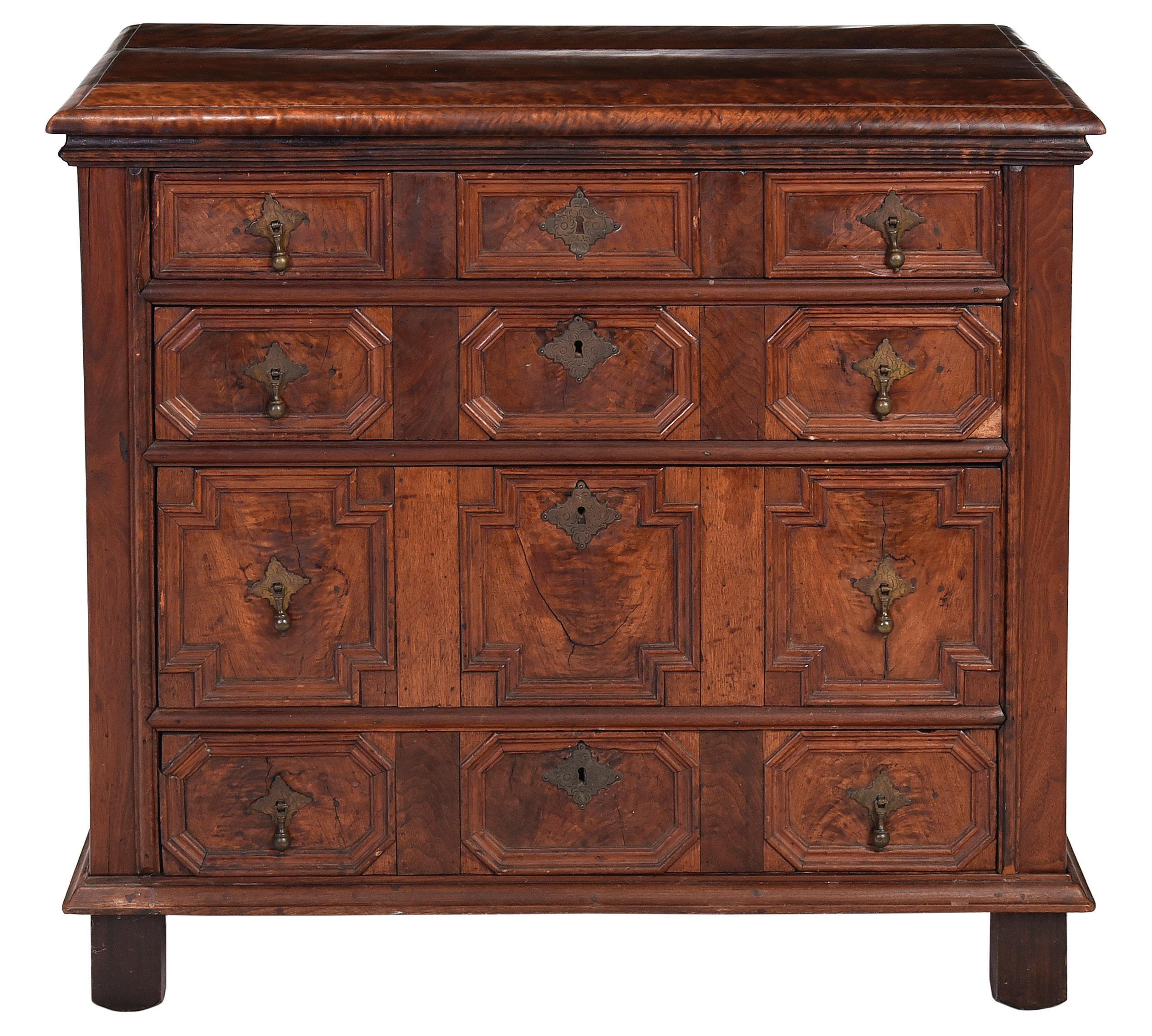

Teapots
In a time before coffee had firmly established itself as the hot American beverage of choice, tea reigned supreme. And as such, nearly every house, could be expected to have at least one teapot. Their demand and ubiquity made for a wide range of sizes, shapes, aesthetic motifs, colors, and material. From Chinese Yixing to European stump-form pots, from agateware to enameled decoration, this collection includes a diverse range that showcases the diversity of the field. One highlight among the teapots is a rare redware example with silver mountings, attributed to the Elers brothers.
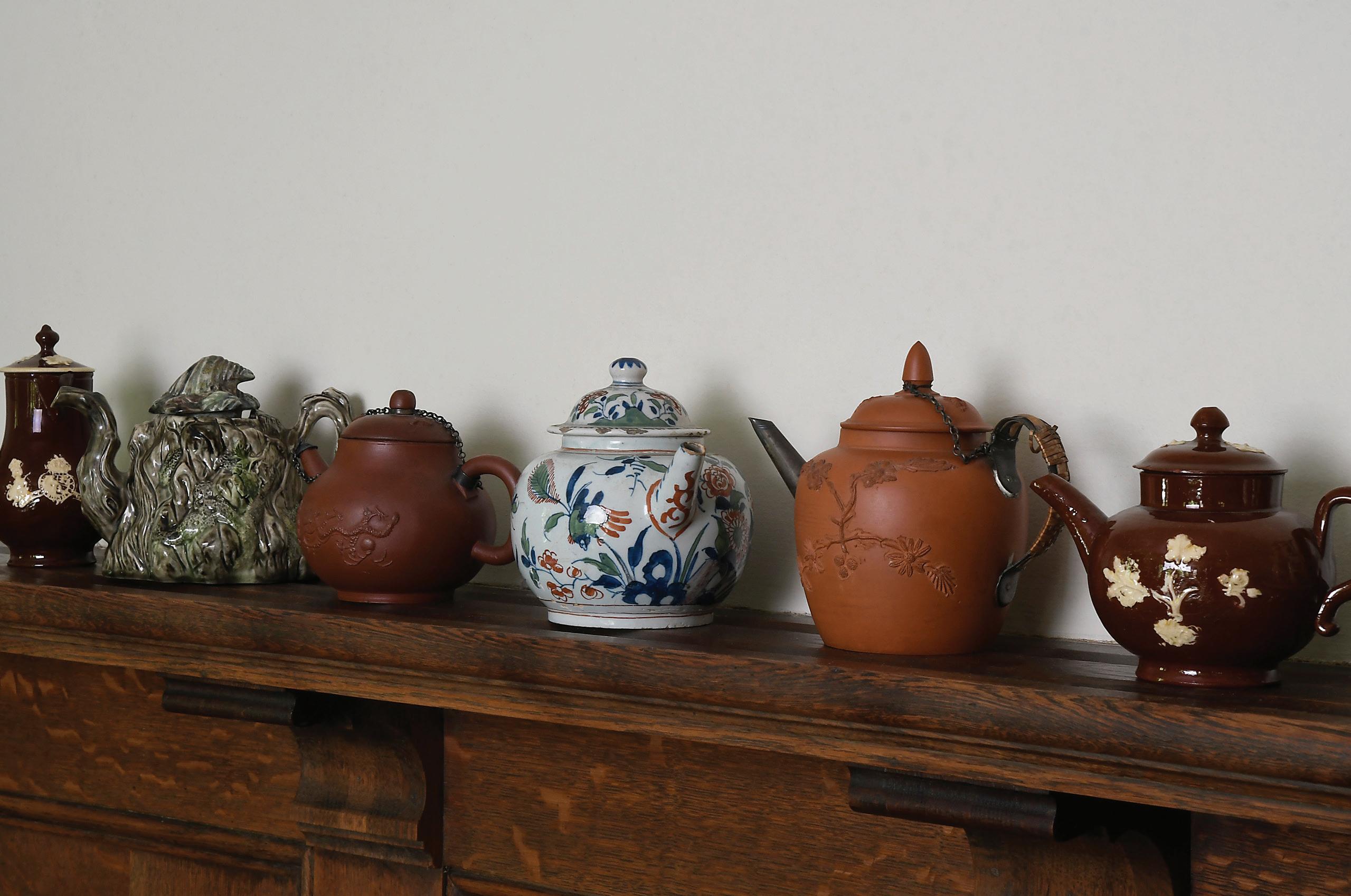


Extremely Rare Boston Cromwellian Upholstered High Back Chair Massachusetts, 1660-1700, soft maple throughout (by microanalysis) with oak stretchers and rails, with turned stiles and front stretcher, double side stretchers, now set with later Turkish style upholstery. An exceptional rarity, this is one of perhaps only two or three known American high back chairs of this form and date. A very closely related example is in the collections of the Metropolitan Museum of Art. $30,000-$50,000
Return Service Requested

